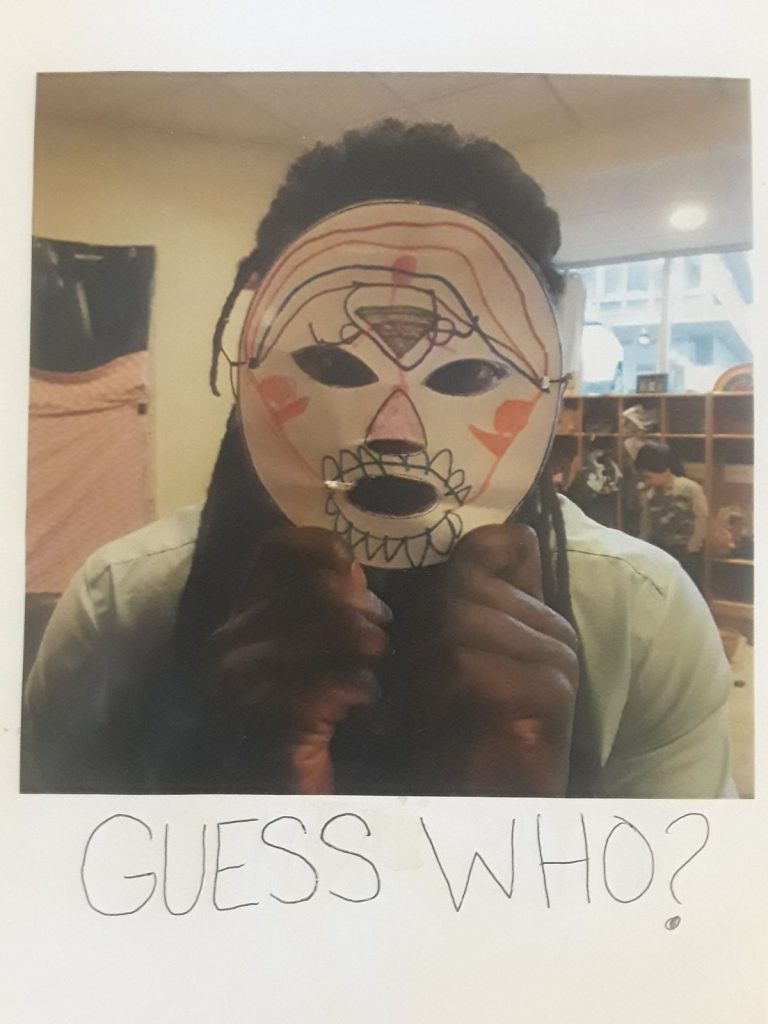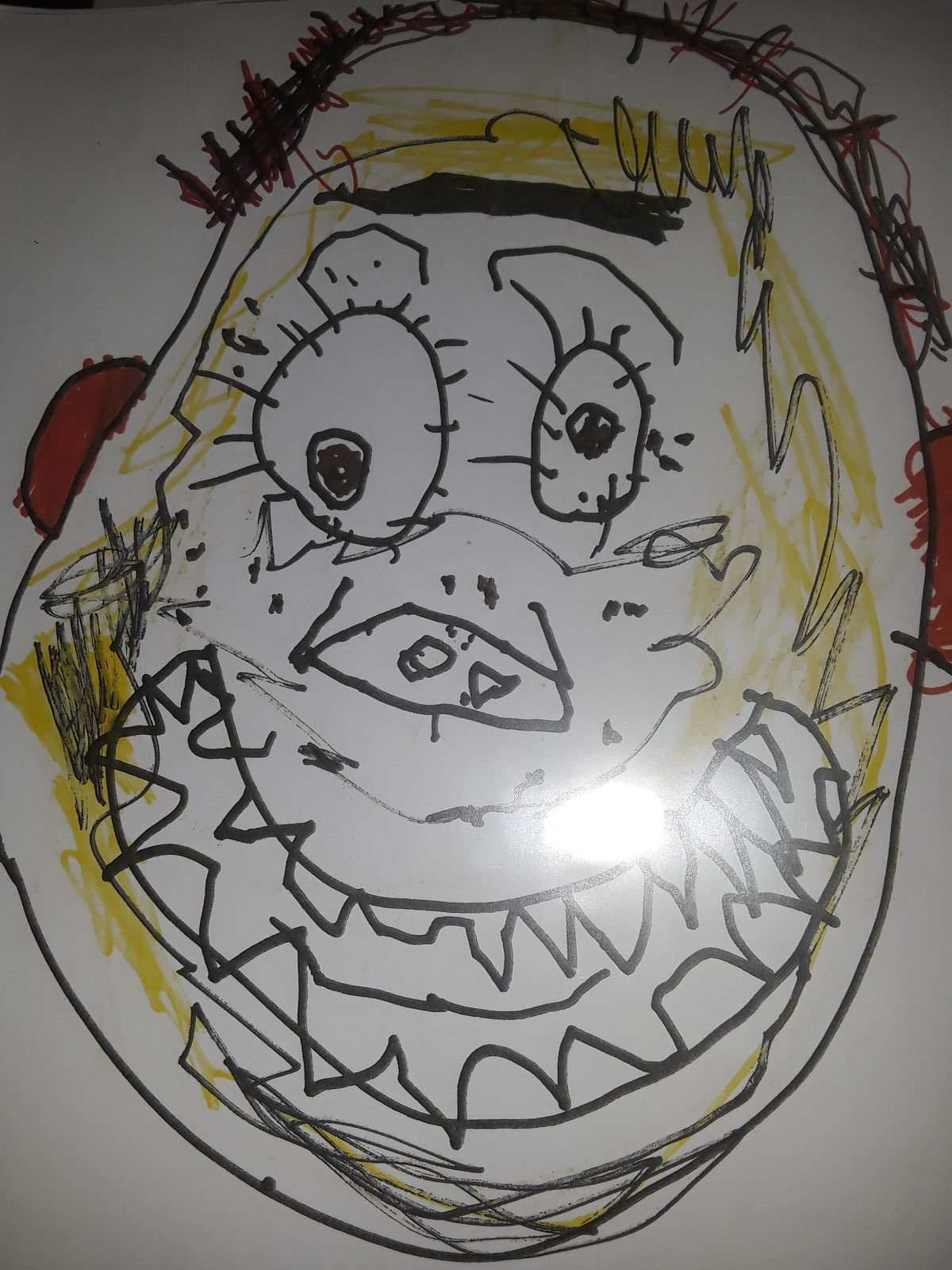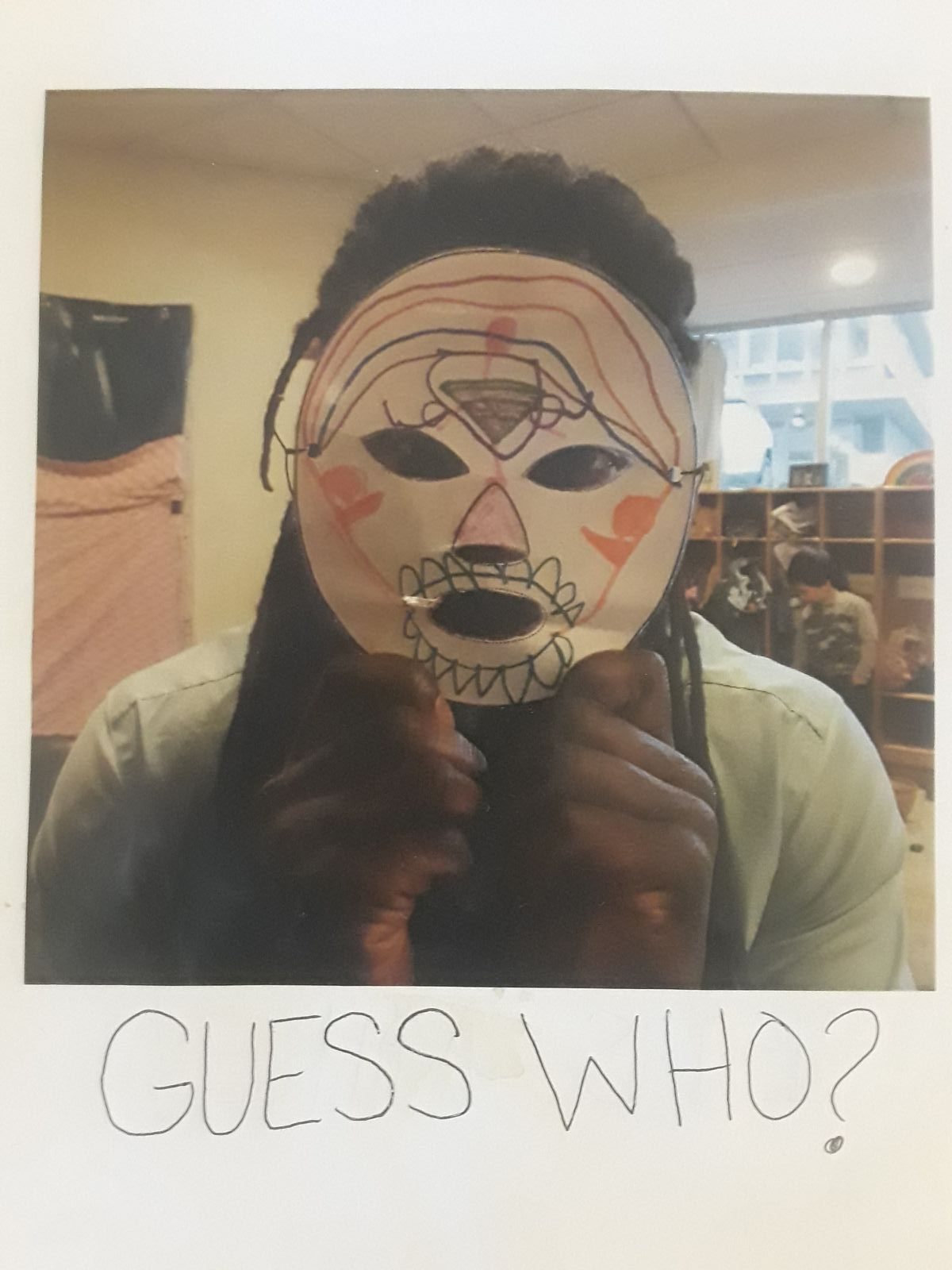
Who am I? Identity Formation in Young Children Event Recap and Classroom Strategies
By Mike Browne, Chauntae Kukowsi and Chelsea Myers from Hilltop Children’s Center and Hilltop Educator Institute
Did you know that children as young as 45 minutes old are able to detect patterns, notice things about their world and pick up social skills from the adults in their life? Me neither! On Thursday, February 8th Dr. Sarah Lytle, from the University of Washington Institute for Learning and Brain Science (I-LABS) presented in front of nearly 60 educators, school administrators, parents and equity advocates about identity formation in young children.
According to the latest research, children are able to decipher between different races as early as 9 months old. Children’s conceptions of race are tied to their cognitive development as well as to the messaging they are exposed to from society at large and from their parents at home. The same also holds true for language and accents, but because race is a social construct and stereotypes are cultural presumptions to a given category, both racism and prejudice are considered learned discriminatory behavior. Illustrating just how detrimental this type of learning is to children and children’s interest, Dr. Lytle showed a study of how females develop the process of gender science stereotype.
“As early as 2-3 children begin to understand their own gender. By the age of 7, females begin to believe that ‘girls don’t do math.’ By the age of 8, they begin to say ‘I’m a girl, and I don’t do math.’”
This example showed the powerful effect of negative stereotyping and how it deters women from pursuing math and science from an early age. These common stereotypes are reinforced through various situations. For example: A child comes home from school and has a question about the math homework. She asks her mom, and the response is, “I don’t know, I was never good at math, ask your Dad.” Situations like these can inadvertently associate high-level intellectual ability with men more than women, which could discourage a girl’s pursuit of many careers that rely on math. In addition to such long-term effects, these gendered notions of intellectual competence are acquired early on and could also have a real-time effect on the things that children take interest in.
Just as our words can affect our children’s interests, so does our behavior. University of Washington researchers have found that 18-month-old toddlers engage in what they call “emotional eavesdropping” by listening and watching emotional reactions directed by one adult to another and then using this emotional information to shape their own behavior.
Two experiments conducted by the I-LABS team examined whether 18-month-olds learn from emotions directed to a third party. Infants watched an adult perform actions on objects, and an “Emoter” expressed Anger or Neutral affect toward the adult in response to her actions. The Emoter then became neutral and infants were given access to the objects. Infants’ actions were influenced by their memory of the Emoter’s affect. Moreover, infants’ actions varied as a function of whether they were currently in the Emoter’s visual field. If the previously angry Emoter was absent (Experiment 1) or turned her back (Experiment 2), infants did not use the prior emotion to regulate their behavior. Infants learn from emotional eavesdropping, and their subsequent behavior depends on the Emoter’s orientation toward them.
For a visual representation of this research, please watch below
As the night progressed, Dr. Lytle introduced us to schemas – patterns of repeated behavior that allow children to explore and express developing ideas and thoughts through their play and exploration. These repetitive actions of schematic play allow children to construct meaning in what they are doing by giving them a sense of continuity. A schema describes both the mental and physical actions involved in understanding and knowing. Schemas are categories of knowledge that help us to interpret and understand the world. Schemas play a role in developing positive self-identity, but also have the ability to negatively affect it. Citing Jean Piaget’s theory of cognitive development, Dr. Lytle highlighted two of Piaget’s stages of mental development Assimilation and Accommodation – and how they relate to identity formation.
The process of taking new information into our already existing schemas is known as assimilation. In the example Dr. Lytle used, a child may have a schema about a type of animal, such as a dog. If the child’s sole experience has been with small dogs, a child might believe that all dogs are small, furry, and have four legs. Suppose then that the child encounters an enormous dog. The child will take in this new information, modifying the previously existing schema to include these new observations. Seeing a new breed of dog and labeling it “dog” is an example of assimilating the animal into the child’s dog schema.
Changing or altering our existing schemas in light of new information is a process known as accommodation. Accommodation involves modifying existing schemas, or ideas, as a result of new information or new experiences. When a child learns the word for dog, they might start to call all four-legged animals dogs. When people around them correct them and say, “No, that’s not a dog, it’s a cat,” the schema for dog then gets modified to restrict it to only certain four-legged animals. That process of refinement is called accommodation.
But how do assimilation and accommodation relate to identity formation in young children? When children are exposed to imagery that is derogatory or non-inclusive towards a specific group, they assimilate this attitude and apply it to those who look the same. Unless that schema is broken or altered through the process of accommodation, children will grow up with a negatively biased attitude towards that particular set of people.
As the night concluded, we discussed how children are able to categorize people into social groups. Children can categorize people by race as early as 9 months, can apply gender labels by the age of two, and begin to hold attitudes and beliefs that differentiate themselves from others. By the age of three, children reciprocate friendships with children of the same sex, and by age four all children (both white children and children of color) express a greater liking for children who appear white. In 1940, Kenneth Clark and Mamie Clark conducted the now-famous Clark Doll Experiment which exposed internalized racism in African-American children and self-hatred in children ages 3 to 5 as a result of these social groupings. Seen as an out-group (the group that doesn’t belong), the children in this video harbored resentment for the color of their own skin.
This experiment involved a child being presented with two dolls. Both of these dolls were completely identical except for the skin and hair color. One doll was white with yellow hair, while the other was brown with black hair. The child was then asked questions inquiring as to which one is the doll they would play with, which one is the nice doll, which one looks bad, which one has the nicer color, etc. The experiment showed a clear preference for the white doll among all children in the study.
Nearly 60 years after American schools were desegregated by the landmark Brown v. Board of Education ruling, and more than a year after the election of the country’s first black president, this experiment was conducted again in 2010, and the results were the same. White children have an overwhelming white bias, and black children also have a bias towards whiteness.
So where does this leave us? What could we be doing to encourage children’s thinking towards the inclusion of all people regardless of visible differences? In each classroom at Hilltop, we find children and educators discussing this question differently.
In our River Room, for example, educators use art as a way to deepen children’s understanding of the distinctive nature and potential richness of racial identity. The River Room children just completed an in-depth study about painting the human face. This study was an opportunity for children to express various aspects of themselves and their identities beyond the surface of their physical appearance. This was an opportunity for children to appreciate the broad spectrum of beauty in our diverse, multi-ethnic world.
In our Mountain Room, children flock to each new visitor, taking them to their digital camera so they can take their photo and include them in the Mountain Room Guess Who. From there, they show them the many different faces that have visited them over the course of the year. Educators use this book as a tool for supporting children to be open and welcoming to all people from all walks of life.
Throughout the school, we encourage our parents to continue the conversation about diversity at home by encouraging them to read books with diverse characters and plotlines. If you know of anybody wishing to access diverse books at home, Robin Rousu, who supervises Mobile Services and works on Community Engagement for the Seattle Public Library, (and an attendee at this event) would like to remind participants that the Seattle Public Library is a great resource for discovering diverse books. Check out some of their recommendations here: http://www.spl.org/audiences/children/chi-books-movies-and-music
If you’re ever in need of books to reflect an identity, help start a specific conversation or counter a stereotype, librarians are thrilled to help you find what you need. You can ask them here: http://www.spl.org/ask
As a school, we are constantly revamping our library collection to include books celebrating diversity across many cultures. Earlier this year, Debbie LeeKeenan, Dr. Maggie Beneke and Dr. Caryn Park, spent an evening with us helping us learn to use children’s literature to provoke conversations on challenging topics. Interested in seeing which books are perfect for talking to children about race, religion, disabilities and many more? Check out our Anti-Bias Library blog here.
We are all educators. Whether we’re a stay-at-home parent, a barista, a VP of technology, or do marketing for a children’s center, we can change our environments, our attitudes, our language, and our hearts to become more inclusive of all identities.
What steps are you doing to make sure you can best support our children as they figure out who they are?
What are somethings that you are starting, stopping, continuing or changing for the good of our society?
Hilltop Educator Institute collaborates regularly with speakers across North America, Europe and New Zealand to provide professional development opportunities in Greater Seattle through evening and full day workshops known as the Educator Discussion Series (EDS). The Hilltop Educator Institute provides resources and support to educators, programs leaders, children’s advocates, and the community at large, in order to widen access and opportunity for all children. To study at Hilltop for a day, register for upcoming workshops, or learn more about our services, email Mike at institute@hilltopcc.org or visit us at www.hilltopcc.com/institute

